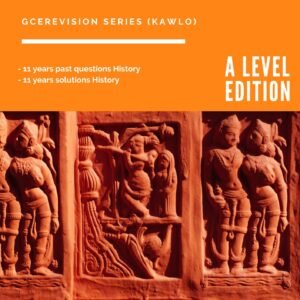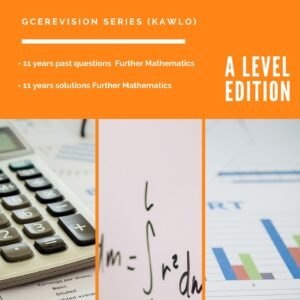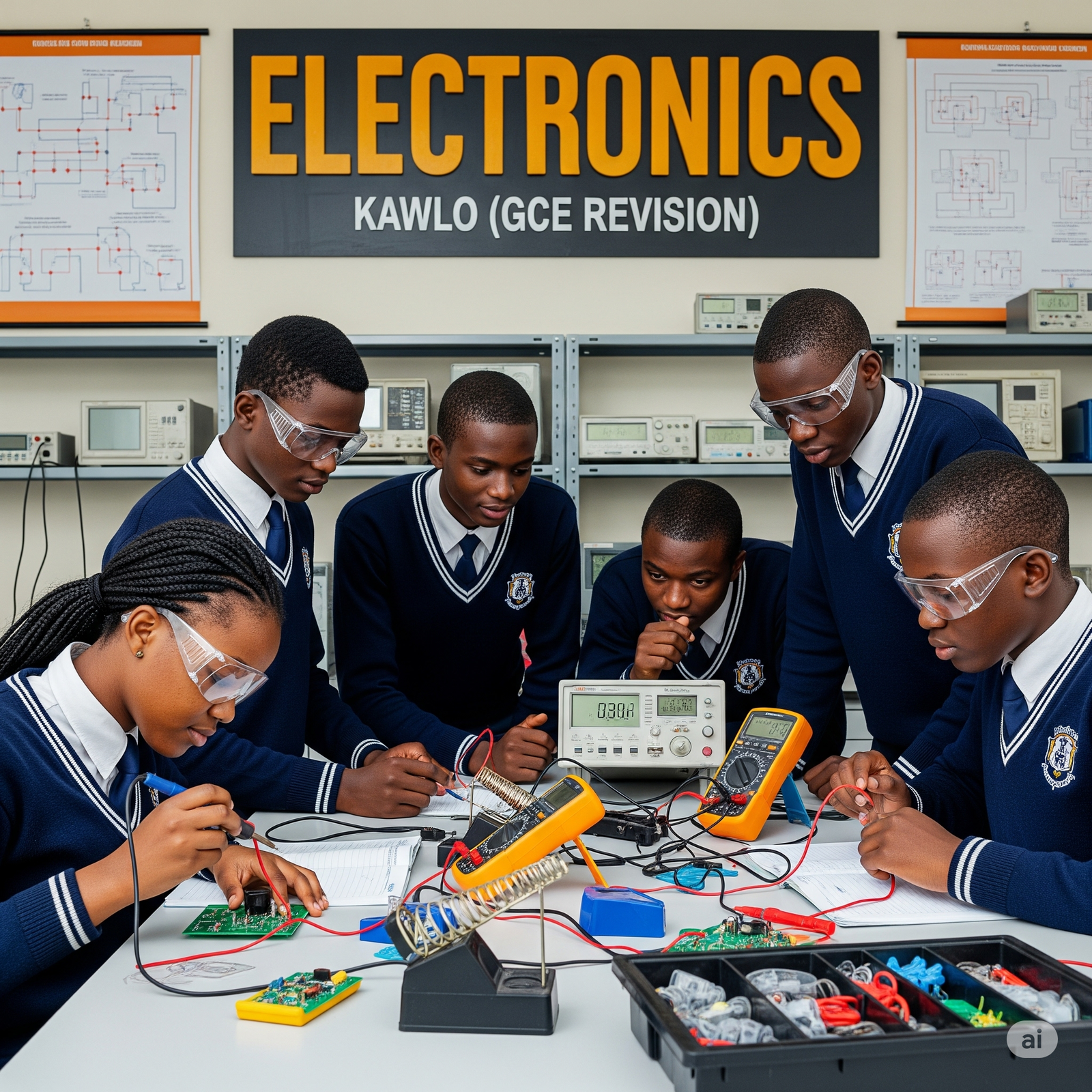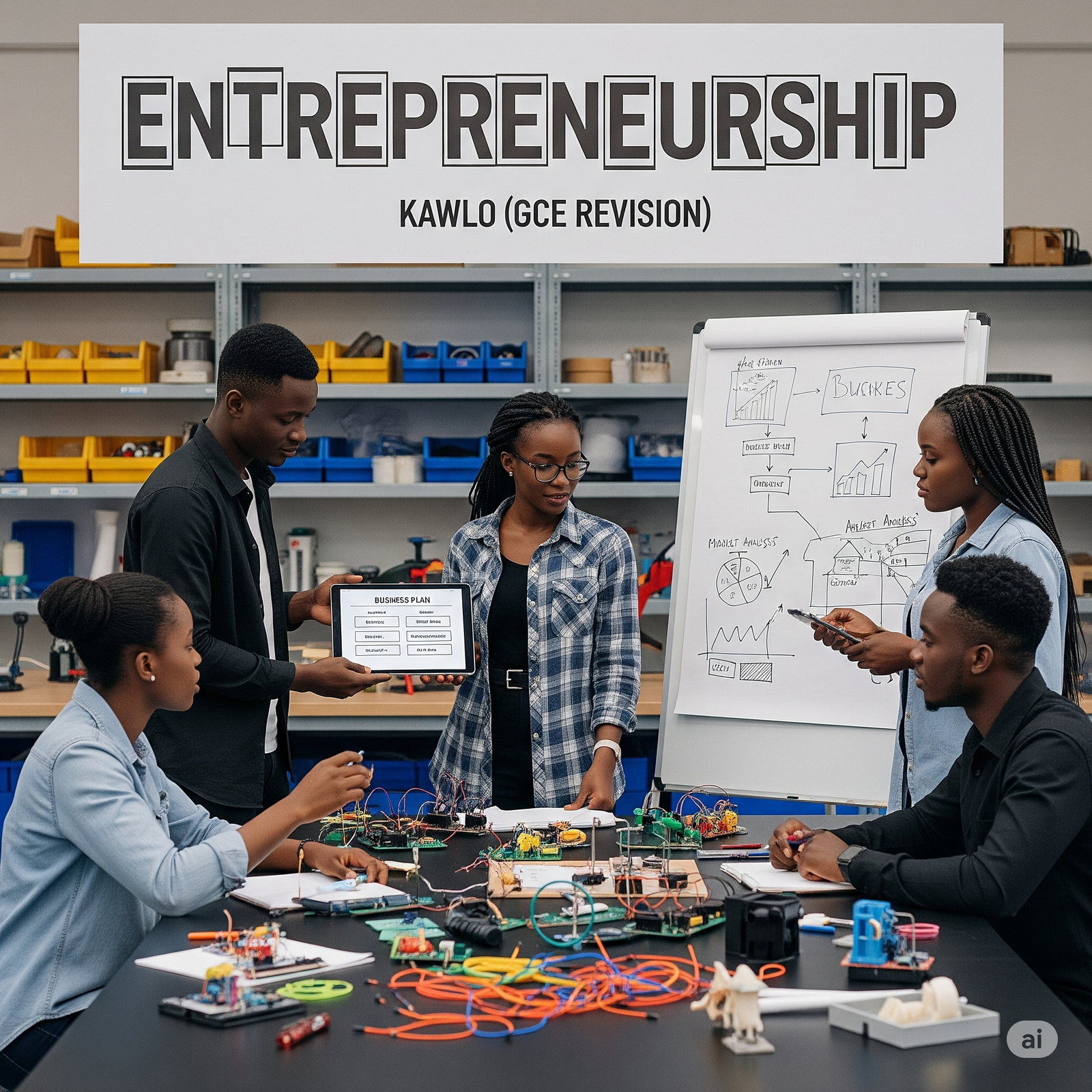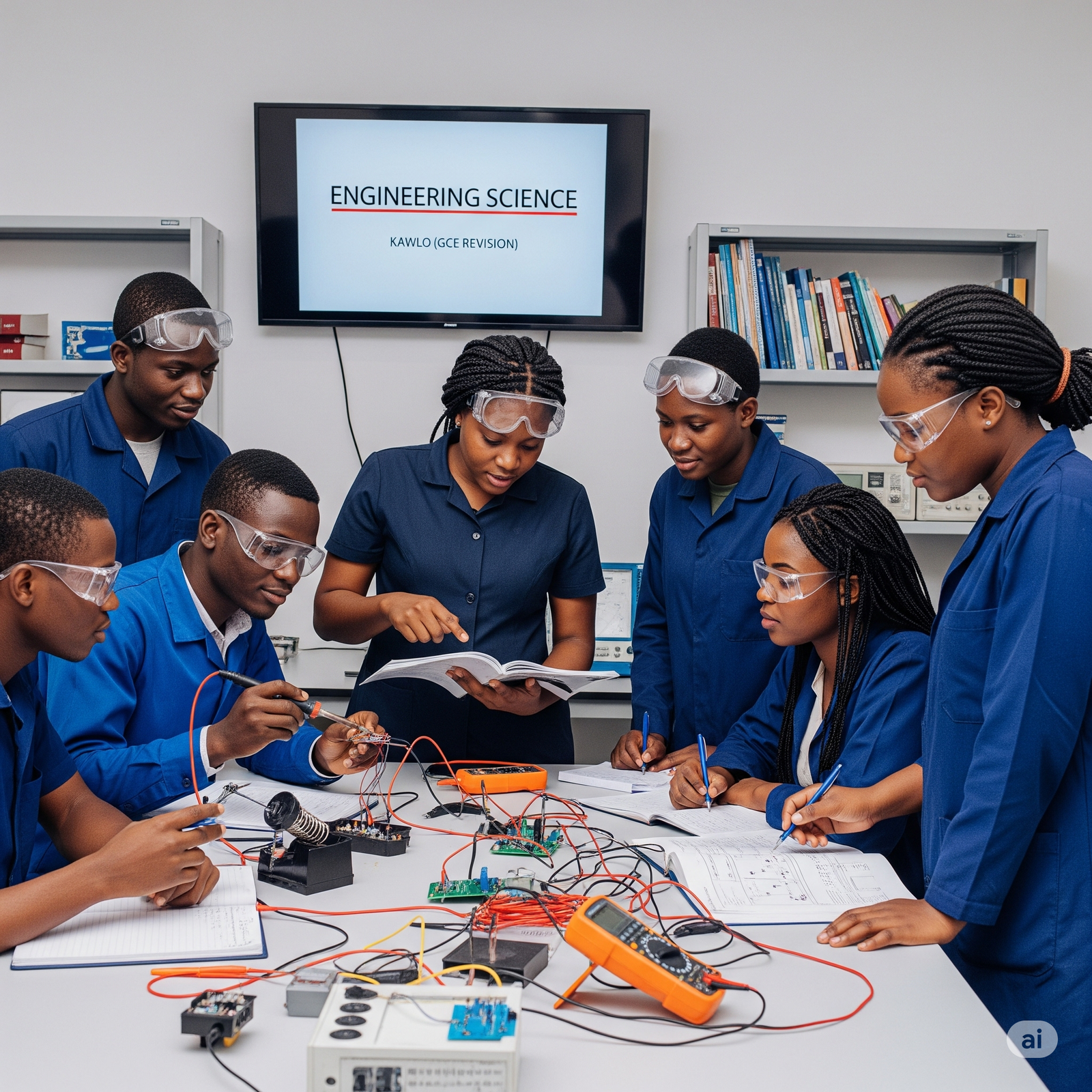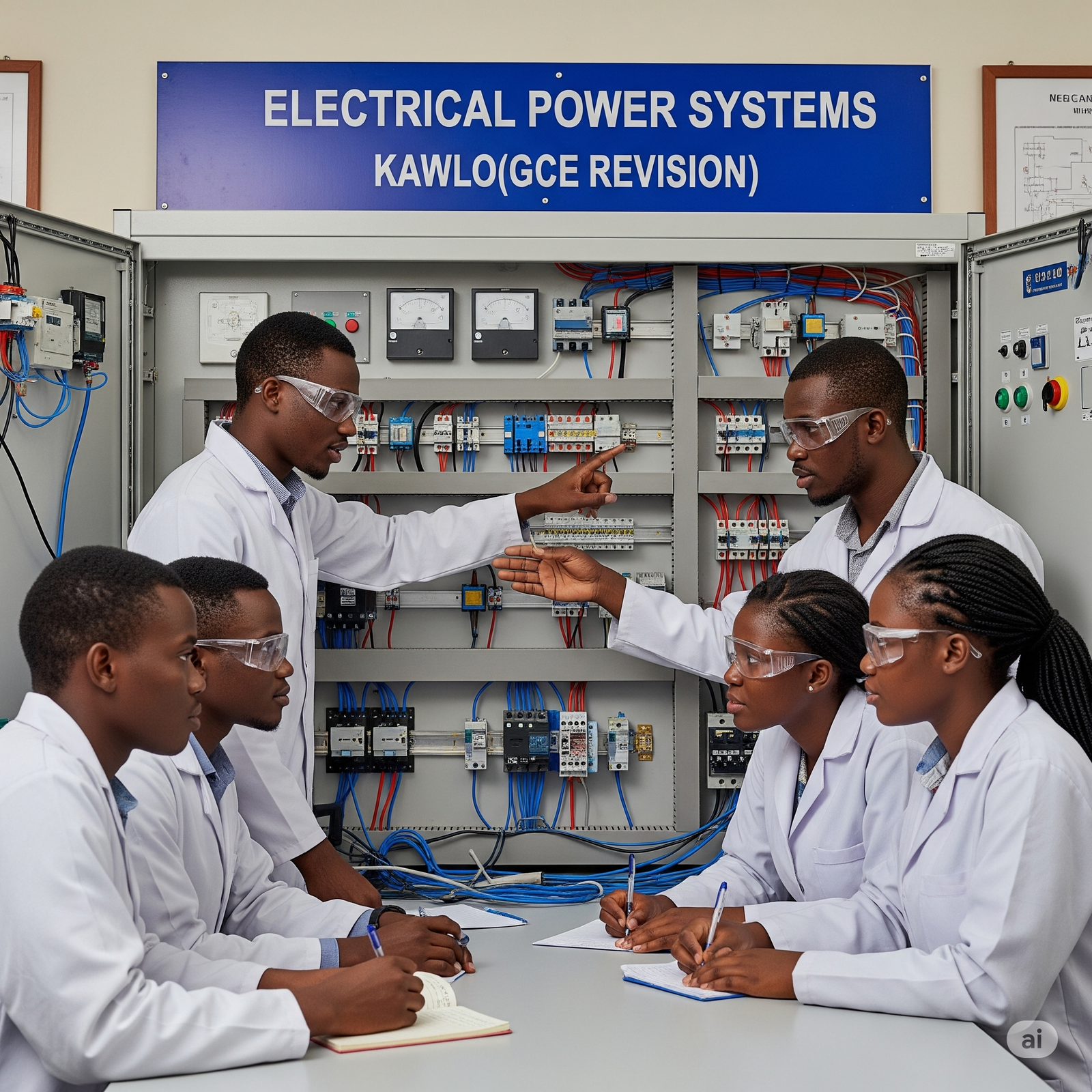Advanced level 2025 North West regional mock Chemistry 1
Advanced level 2025 North West regional mock Chemistry 1
past questions and solutions download kawlo kawlo app or visit http://www.gcerevision.com
37 (Thirty-seven questions). Directions: Each of the questions or incomplete statements in this section is followed by four suggested answers. Select the best answer in each case.
- Which of the following compounds will form
hydrogen bonds? A, HF
B.
CHCl3
C. PH
D. SiH
:
- Which element when burnt in oxygen produces an
oxide which is a reducing agent? A. Na
B. Mg
C. S
D. AI
- In which of the following species are the bond angles
approximately the same? A. H₂O and
B. NH3 and
NH3and
D. CHa and
- Which of the following changes will result in an
increase in the rate of a chemical reaction? A. Decrease in temperature
B. Decrease in pressure
C. Decrease in activation energy
D. Decrease in concentration of reactants
- The coordination number of cobalt in the complex ion
is:
A. 2
- Alkenes undergo:
A. Nucleophilic substitution reactions
B. Electrophilic substitution reactions
C. Electrophilic addition reactions
D. Nucleophilic addition reactions
- The formula of the most stable chlorides of each of the
elements is:
A. ,
B.
C.
PbCl4
D.
PbCl2
- Select the specie which has a dative covalent
A.
B.
C.
D.
- When ethanol is warmed with aqueous acidified
dichromate,
A. Orange to green
B. purple to green
C. yellow to green
D. pink to green
- 0.13g of a volatile liquid on evaporation gave a vapour
that occupied a volume of at
760mmlig, the relative molecular mass of the liquid
A. 32
B. 46
C. 13
D. 44
- The general outer electronic configuration of the group
V elements is:
А.
B.
C.
D.
- Which of the following pairs of particles are
isoelectronic? A. Na
B.
C. Na, Mg
D. Na. Mg
- The four main operations of the mass spectrometer in order of execution include:
A. Vapourization, ionization, acceleration, deflection
B. Vapourization, acceleration, ionization, deflection
C. Acceleration, vapourization, ionization, deflection
D. Ionization, acceleration, deflection, vapourization
B. 4
C. 5
D. 6
- Which of the following tetrachlorides of group IV will
not react with water? A.
B.
C.
D. PbC14
com
- Bromine can be produced from the following
reaction;5Br Which two methods could be used to monitor the
rate of the reaction? A. Conduetivityand dilatometry
B. Colorimetry and dilatometry
C. Conductimetry and Colourimetry
D. Titrimetry and dilatometry
- What is the hydration energy of cesium chloride given
that the lattice energy is and its heat of
solution is
A.
B.
C.
D.
- Identify the particle X in the nuclear reaction
by giving its mass number and atomic number. A. 17 and 8 respectively
B. 19 and 2 respectively
C. 19 and 8 respectively
D. 17 and 10 respectively
- On addition of of distilled water to of a
0.05moldm of hydrochloric acid solution, the
concentration of the acid will change to
B.
A.
C.
D.
- Which of the following will change the value of Kc? A. Concentration changes
B. Pressure changes
C. Temperature change
D. Employing a catalyst
- Which of the following reagents are the most suitable
to distinguish between ethanal (CH3CHO) and
propana!
A. Ammoniacal
B. 2,4-Dinitrophenylhydrazine
C.
OTRU/RPI NWCTA/0715/P1/MOCK 2025
D.
D.12/NaOH
Page 2 of 4
for more past questions and solutions download kawlo kawlo app or visit http://www.gcerevision.com

